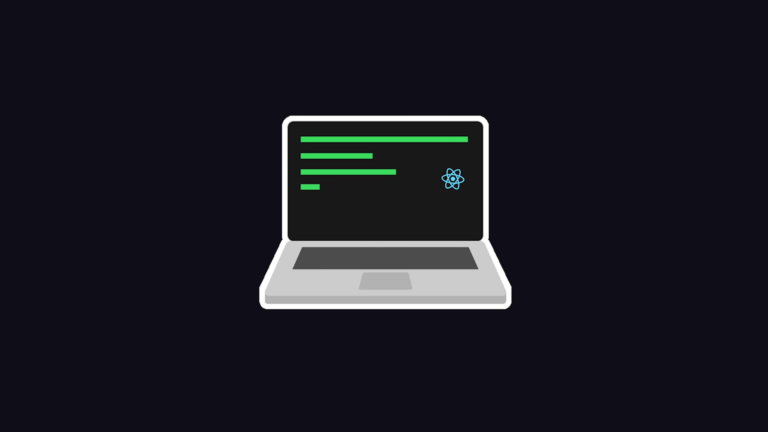Ah, the dreaded stitch during a run – a familiar pain that can catch us off guard. But did you know that what we commonly call a ‘stitch’ isn’t always as straightforward as it seems? Let me share some fascinating insights into this phenomenon, and you’ll see how our body’s wiring can sometimes lead to unexpected sensations.
During a run, when we experience a stitch, it’s not just confined to the side of our body. Surprisingly, the pain may also be felt in the right shoulder tip. Now, here’s where it gets interesting: the reason behind this lies in the nerves that connect the liver, diaphragm, and shoulder.
You see, the nerve responsible for connecting the liver and diaphragm has the same origin as the nerve that connects to the shoulder. And our brain, well, it’s not an expert at distinguishing exactly where the pain originates. So, when a stitch strikes, the brain might mistakenly interpret it as shoulder pain, when in reality, there’s nothing wrong with your shoulder at all.
- Theory 1. During the run there is an increased blood flow through the liver as the blood has to bypass the liver before getting to the heart. With the increase in the heart rate during the run, there is more blood to get through the liver. The liver enlarges secondary to blood engorgement and stretches its capsule. Sometimes the blood flow is so great that it forms a ‘traffic jam’ in the liver and this causes the liver to engorge and expand with blood. This stretches the tight capsule surrounding the liver and since the capsule is full of nerves that are sensitive to stretching, we feel the side pain which we call a ‘stitch’.
- Theory 2. Our liver and other organs hang on the diaphragm. It is a large sheet-like muscle that helps us breath. During running, the diaphragm contracts harder and stronger to let us breath deeper. At the same time, the liver and other organs hanging on the diaphragm are bouncing up and down and this causes the diaphragm to cramp up, causing pain which we call a ‘stitch’.
- Theory 3. Another less common theory is that during running, the blood supply to the
diaphragm drops because more blood has been directed to the legs to supply more oxygen to the working muscles. This lack of blood to the diaphragm causes it to cramp up, causing the stitch pain.
How to get rid of running stitches?

It can be quite annoying to be experiencing a side stitch in the middle of your run. The sharp pain that accompanies with each step eventually causes you to slow down and walk. The thought of giving up lingers in your mind. Fret not. Here are some ways you can adopt to prevent stitches from ruining your run.
- Proper warm up and stretching – Each time before you run, make sure you are properly warmed up to get your muscles prepared for the distance ahead. Do some dynamic stretches and avoid going out at a very fast pace from the start. Going all out without preparing your body for it results in higher chance of you getting a stitch.
- Applying pressure on the affected spot – An effective way to soothe the pain is to apply pressure on the spot that is hurting and exhale strongly. This method should relieve the discomfort in a short time.
- Eat right and eat light – Avoid heavy meals and foods that are not easily digestible just before starting your run. If you really have to consume something, make sure you keep the portion small. Having a fruit is an ideal choice.
Final Words

Next time you hit the track or the trail, armed with these newfound insights, you’ll be better equipped to understand and handle those pesky stitches during your run. Remember, our body’s intricate connections can lead to surprising sensations, but now you know why that shoulder tip pain might not actually be coming from your shoulder.
As you lace up your running shoes, consider the theories behind these stitches. The increased blood flow through the liver, the bouncing organs impacting the diaphragm, or the reduced blood supply during exercise – understanding these mechanisms empowers you to take preventive measures.
Take a moment to warm up properly, stretch those muscles, and ease into your run gradually. Avoid heavy meals and opt for lighter, easily digestible options before your workout. And if a stitch does strike, don’t let it stop you in your tracks. Apply gentle pressure to the affected area and exhale strongly to find relief.
Related Posts:
- Dyspepsia and Urea Breath Test: The Silent Culprit…
- Hemorrhoids: Reducing the Pain and Discomfort
- Bacterial Vaginosis: Causes, Symptoms, and Treatment Options
- Vaginal Bleeding During Early Pregnancy: Causes and…
- Rectal Gonorrhea: Causes, Risks, and Effective…
- Micropenis: Causes, Treatment, and Coping Strategies












